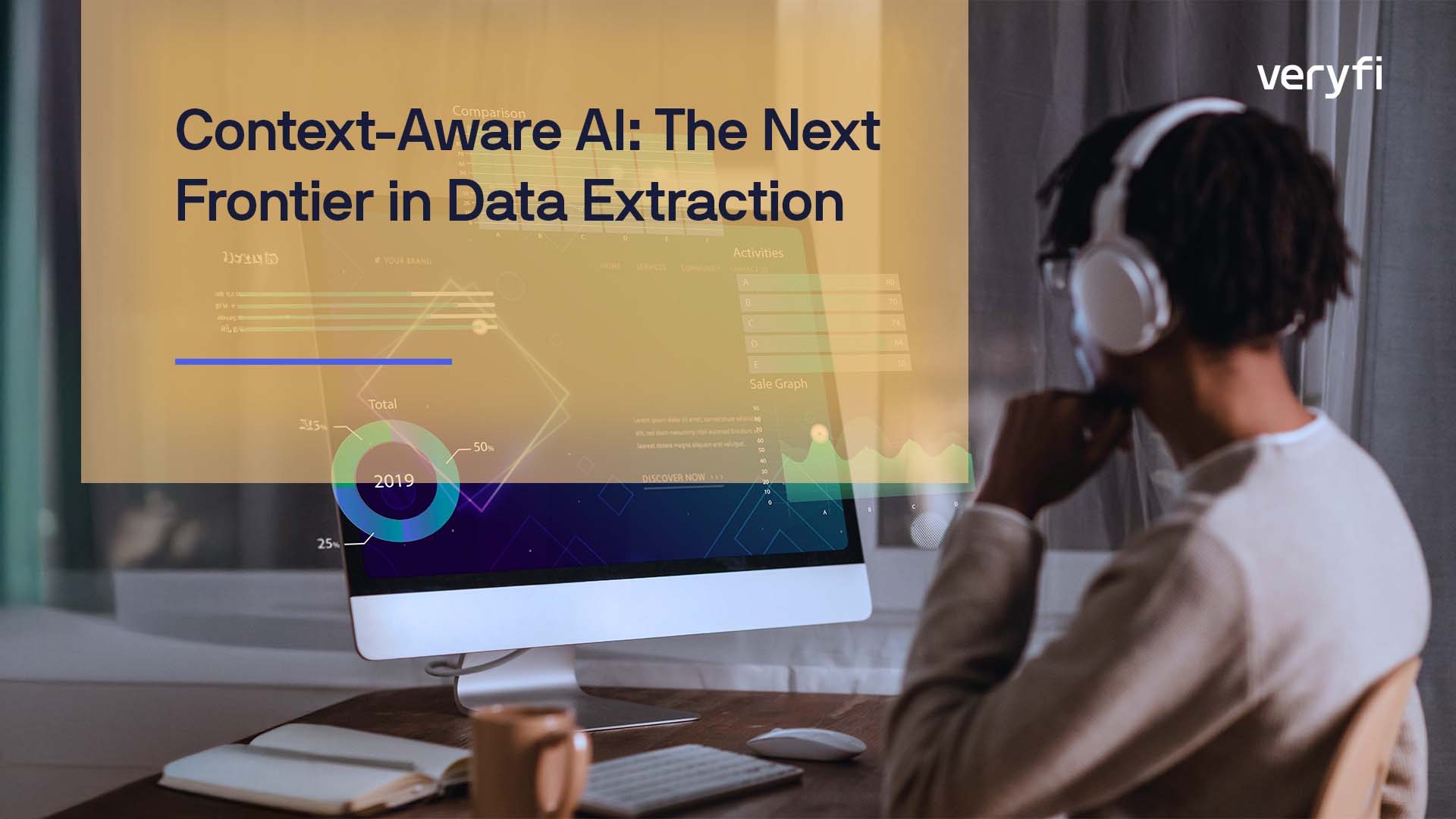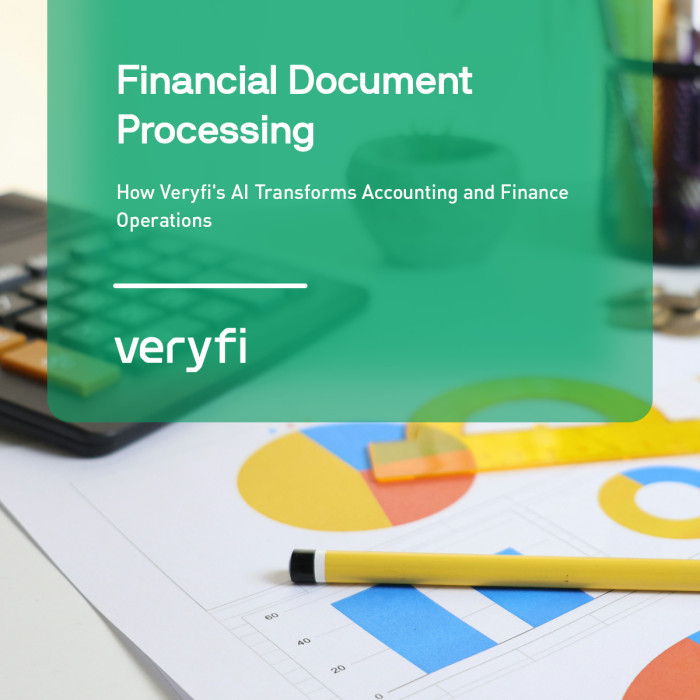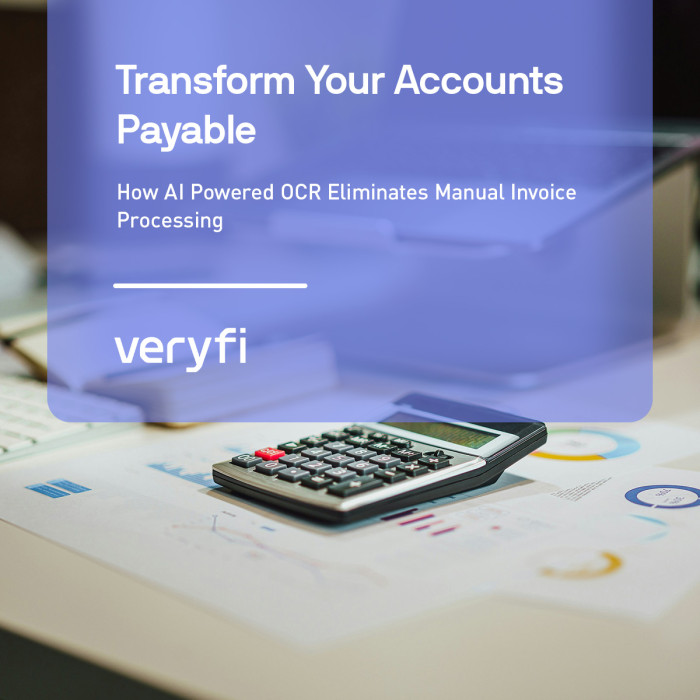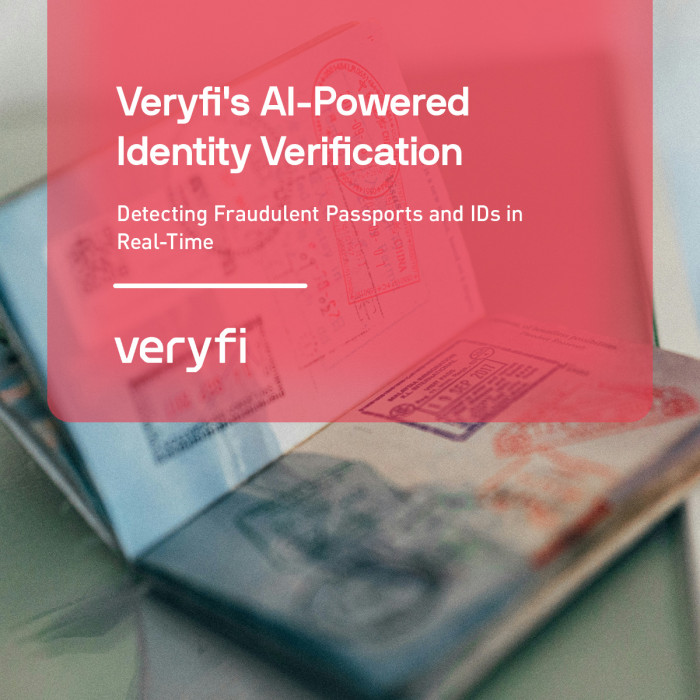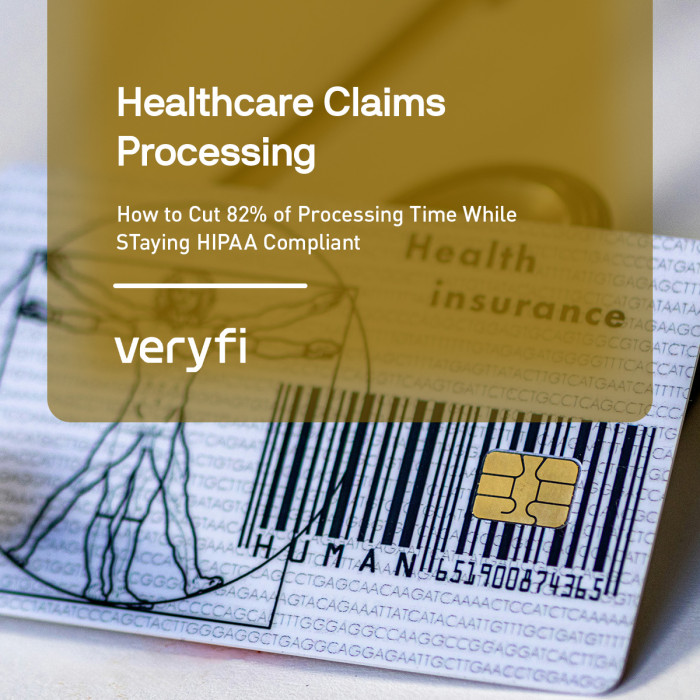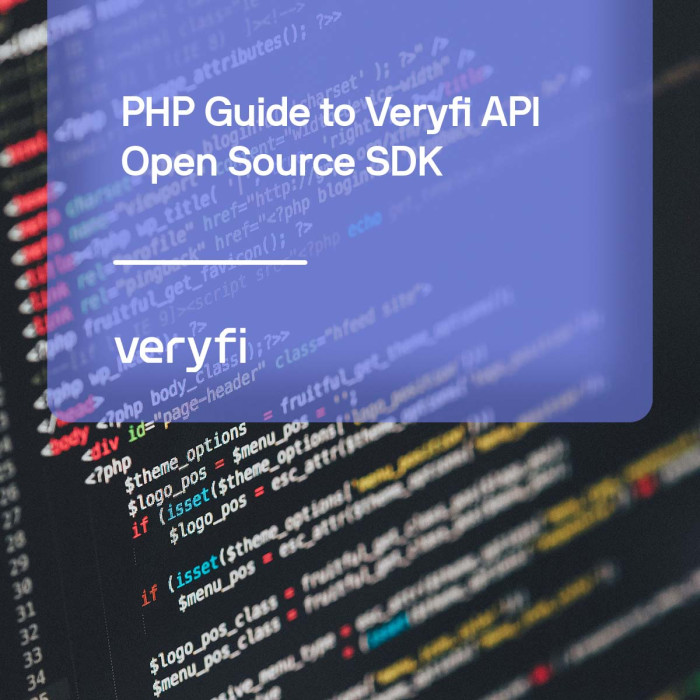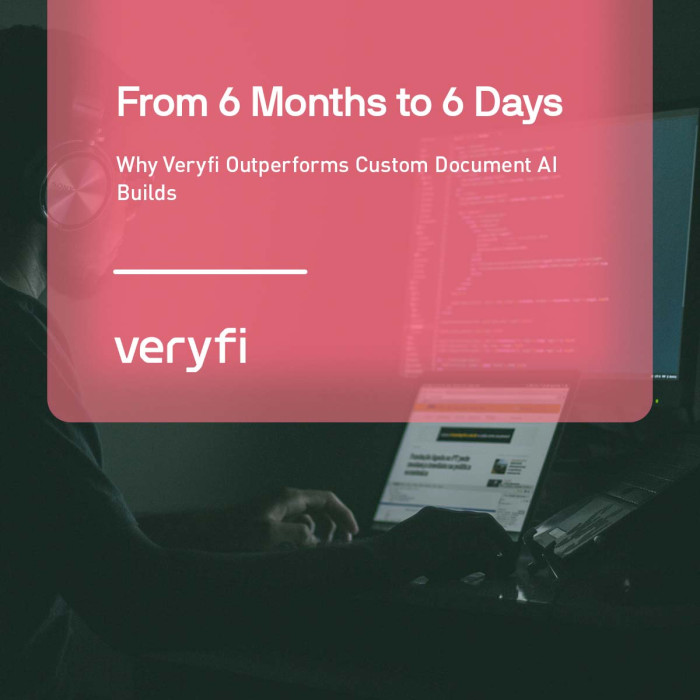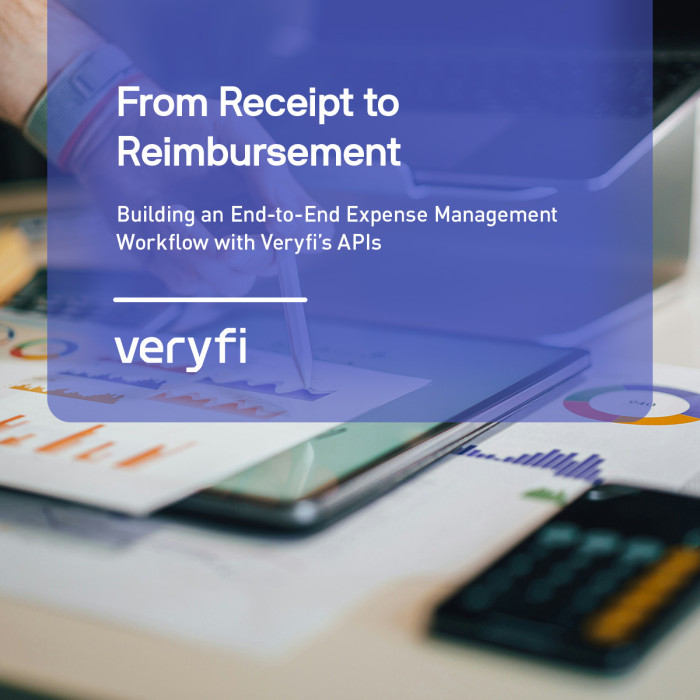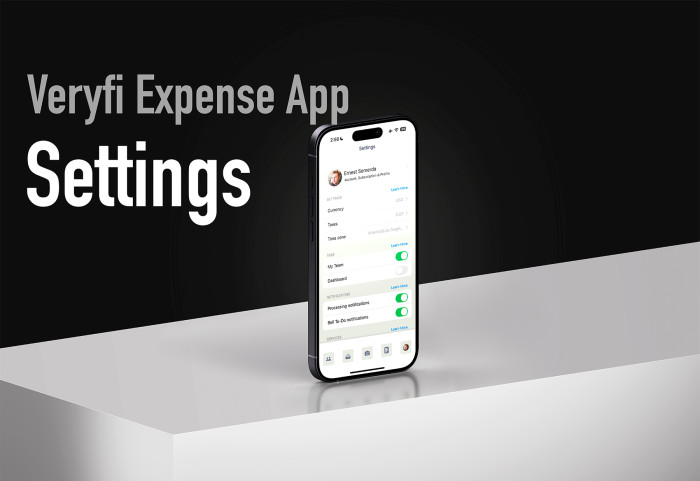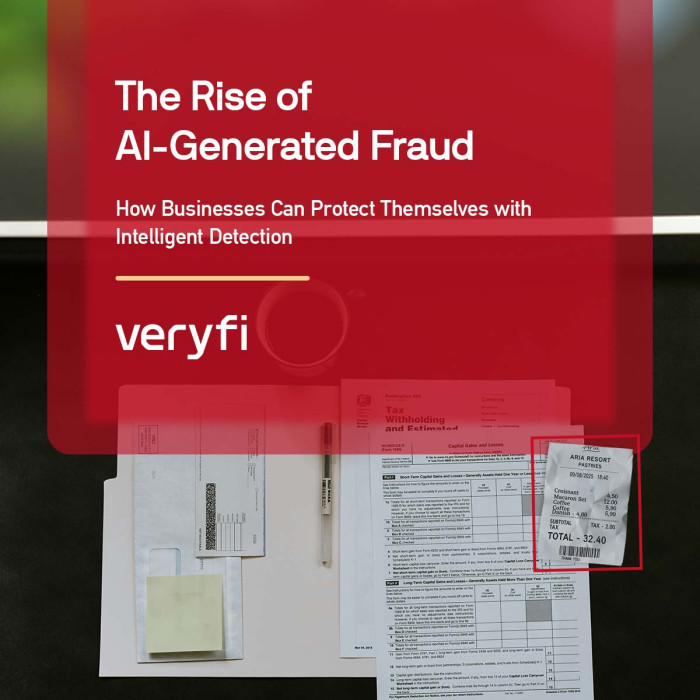In a world flooded with unstructured data, the ability to extract accurate, structured information is no longer a luxury — it’s a competitive necessity. Traditional OCR and template-based extraction tools helped businesses make the first leap toward automation. But they fall short in dynamic, real-world use cases.
Enter context-aware AI — a new generation of data extraction technology that doesn’t just read text, but understands it. By the end of this article, you’ll understand:
- Why traditional OCR and rule-based systems struggle with real-world documents
- What context-aware AI is and how it works in document processing
- How context improves data accuracy, fraud detection, and scalability
- The role of vision models and large language models (LLMs) in intelligent extraction
- What this means for use cases like invoice automation, expense management, and compliance
- How context-aware AI is shaping the future of finance and operations workflows
Whether you’re a finance lead, automation architect, or tech decision-maker, this guide will help you assess the next evolution in document automation.
Why Traditional Data Extraction Falls Short
For years, document processing has relied on rigid templates, predefined rules, and zone-based OCR. While these methods work in controlled environments, they struggle when faced with:
- Non-standardized formats
- Missing or mislabeled fields
- Noisy layouts and mixed languages
- Semantic ambiguity
Every vendor formats invoices differently. Expense receipts come in all shapes, languages, and layouts. Bank statements vary by institution and region. In this reality, rigid extraction approaches quickly become fragile and unreliable. Here are some examples:
- Example 1: A purchase invoice from Vendor A lists totals at the bottom-right. Vendor B includes them mid-page. Without separate templates for each, traditional OCR tools mislabel fields or extract nothing at all.
- Example 2: If a receipt lists “Amount Due” without a label, static systems can’t infer its significance. Context-aware models, on the other hand, analyze surrounding fields and historical data to make accurate predictions.
- Example 3: A scanned utility bill with watermarks and handwritten annotations will trip up most rule-based extractors, whereas newer vision-based models can isolate and extract usable data with high accuracy.
- Example 4: The label for “Invoice Number” might be “Facture No” in French, “Rechnung Nr.” in German, or appear without a label at all. Without linguistic or contextual intelligence, legacy tools can’t keep up.
- Example 5: A fraudulent invoice submitted twice with minor formatting changes would likely be processed twice by a traditional system. A context-aware platform could flag it based on historical behavior and document-level anomaly detection.
What Is Context-Aware AI?
Context-aware AI refers to machine learning models — often combining natural language processing (NLP), computer vision, and large language models (LLMs) — that interpret the meaning of data based on its surrounding context. Rather than just extracting a string labeled “Amount,” context-aware AI considers:
- Where it appears in the layout
- Other fields it relates to (e.g., tax, currency, vendor)
- Historical patterns from similar documents
- Semantic meaning based on the document type and industry
This enables systems to disambiguate between gross vs. net amounts, detect fraud patterns, and resolve inconsistencies — in real time. The Benefits of Context-Aware Data Extraction:
- Higher Accuracy, Even on Unstructured Documents: Context-aware models adapt to different layouts, reducing the need for retraining or manual intervention.
- Improved Fraud Detection: By understanding relationships between fields, these models can spot suspicious patterns that rule-based engines miss.
- Language & Currency Flexibility: Contextual understanding makes it easier to process multi-language documents with varying formats and currencies.
- Better Exception Handling: Systems can flag uncertainty or route edge cases to human reviewers with full context — improving decision-making and audit trails.
Real-World Use Case: Invoice Processing
Let’s say a supplier submits an invoice in Spanish with taxes included as a lump sum, and the vendor name appears only in the footer. A traditional OCR engine might misclassify totals, miss the vendor entirely, or extract incorrect tax values. A context-aware model can:
- Recognize the document as an invoice, not a receipt or PO
- Identify the vendor based on proximity to a phone number or tax ID
- Infer missing fields using domain-specific language models
- Flag anomalies if the format differs from past submissions by the same vendor
This isn’t theoretical — it’s already happening with next-gen platforms that combine OCR, vision models, and LLMs fine-tuned for document understanding.
The Role of LLMs in Intelligent Document Processing
Large Language Models (LLMs), like those powering modern generative AI, are being fine-tuned to extract and reason over business documents. When paired with visual context, they can:
- Read and interpret entire documents holistically
- Understand tables, labels, and layout structures
- Answer queries like “What’s the payment due date on this invoice?”
- Normalize outputs into structured formats for ERP or analytics systems
This shift toward LLM-enhanced, context-aware extraction marks a fundamental leap in document automation — moving from reading to understanding.
The Future of Data Extraction Is Adaptive
As enterprises demand more automation, scalability, and accuracy, the limitations of rule-based systems are becoming more apparent. Context-aware AI isn’t just a technical upgrade — it’s the foundation for intelligent workflows across finance, supply chain, healthcare, and more.
Whether you’re processing invoices, receipts, tax forms, or identity documents, adaptive extraction that understands context is the future. Veryfi is helping organizations adopt context-aware document processing — blending traditional OCR with AI-driven intelligence, fraud detection, and seamless API integration.
